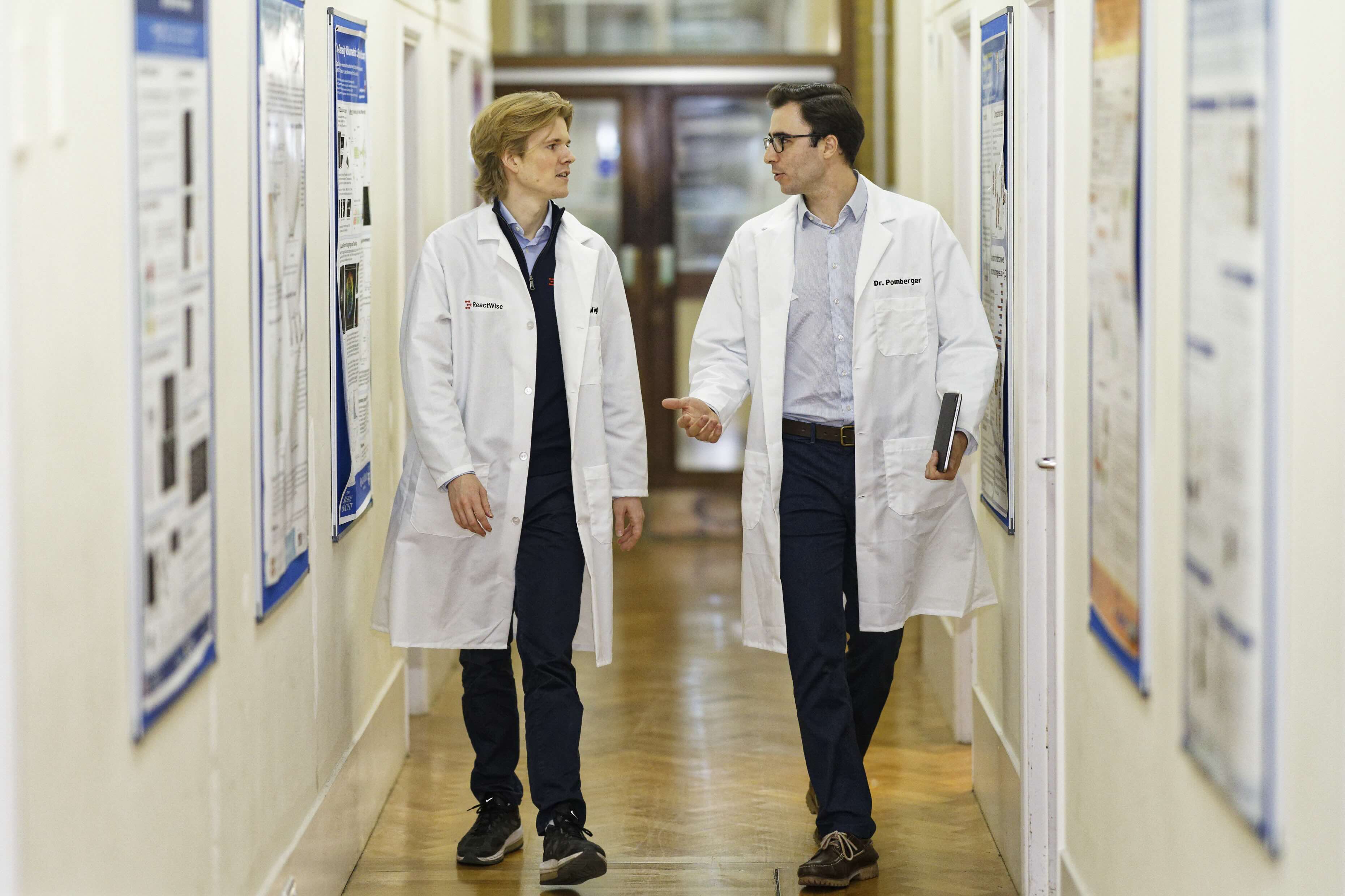
What if the biggest bottleneck in CMC isn’t the chemistry - but the coordination?

What if the biggest bottleneck in CMC isn’t the chemistry - but the coordination?
In dozens of conversations with clients, collaborators, and prospects, we keep hearing the same story:
Promising drug candidates stall in development. Not because the molecule doesn’t work. Not because of safety concerns.
But because the process can’t be made robust. Or the tech transfer breaks down. Or the formulation won’t scale.
In many organizations, CMC (Chemistry, Manufacturing & Controls) is still a fragmented effort:
- Discovery & process chemists developing routes in isolation
- Analytical teams chasing moving targets
- Formulators waiting on “final” specs that keep shifting
- Data scattered across ELNs, spreadsheets, and disconnected systems
Everyone is doing their job - and doing it well. But not always doing it together.
That’s a real bottleneck: not just technical complexity, but the lack of shared visibility, aligned timelines, and integrated tooling.
It’s ironic: in an industry built on precision, we still coordinate some of the most complex workflows with email chains, PDFs, and status meetings.
Yes, there are solutions - But these only work on a foundation of clean data, shared infrastructure, and new ways of working. And that’s often the harder lift.
So here’s the question: How do we modernize CMC - not just scientifically, but operationally?
If we can solve the science, why not the coordination? We’d love to hear what’s worked (or hasn’t) in your CMC journey.


